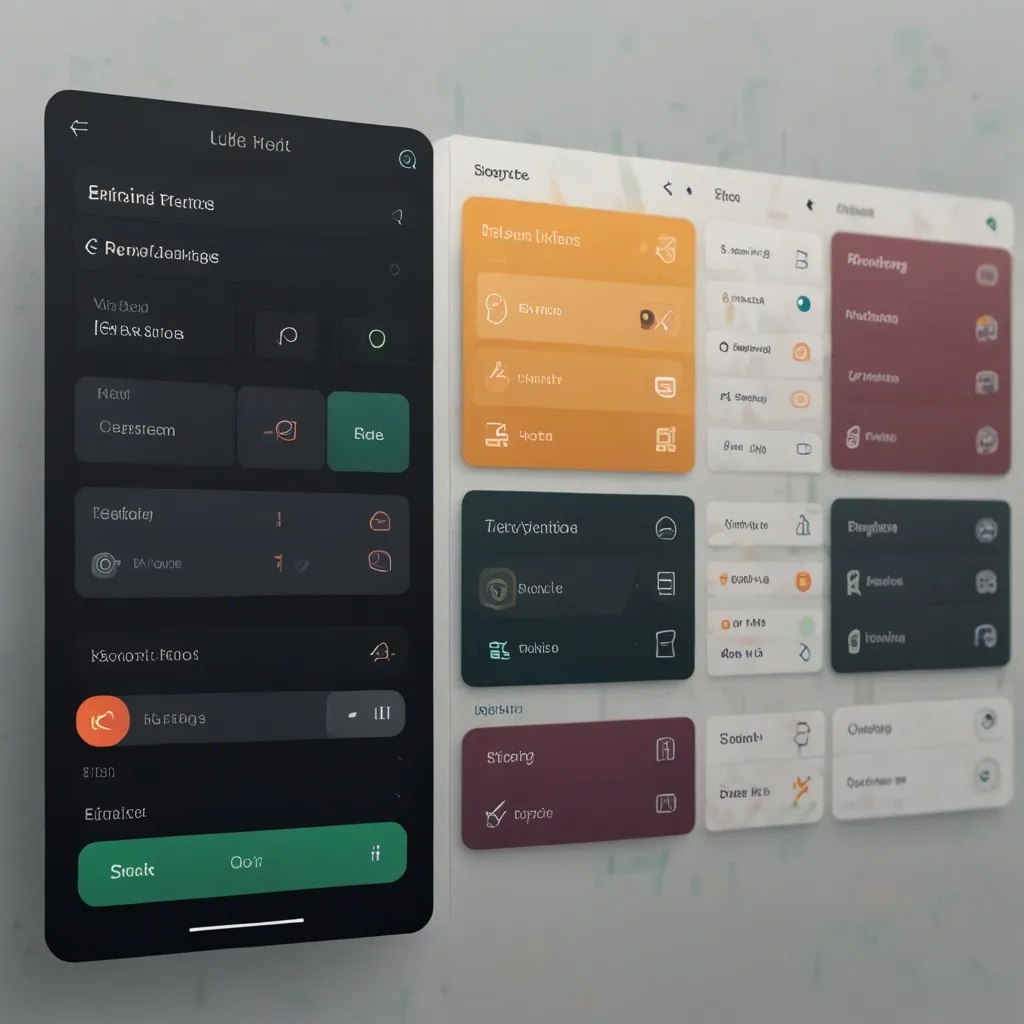Dive into Ktor: The Casual Way to Build Cool Asynchronous Apps in Kotlin
Ever stumbled upon the challenge of building web applications, microservices, or APIs and wished there was an easier way? Enter Ktor, a fantastic asynchronous framework perfect for such tasks, built on Kotlin, using the power of coroutines. It sounds fancy, but it’s actually pretty straightforward. Let’s jump into the world of Ktor, checking out why it’s awesome and how you can start using it without breaking a sweat.
Why Ktor Deserves the Hype
First off, Ktor is built specifically for Kotlin, which is great news if you’re already fond of its concise syntax. More importantly, Ktor leverages coroutines for asynchronous programming. This means you can bid farewell to callback hell and write code that’s not only efficient but also easy on the eyes. Apart from that, Ktor is lightweight and super flexible—giving you the freedom to arrange your application however you’d like and extend it easily with custom plugins.
Kickstarting Your Ktor Project
Getting started with Ktor is as easy as pie. Head over to IntelliJ IDEA’s project wizard or the Ktor website and generate a new project. You can pick and choose features like routing, content negotiation, and logging right from the start. Voila, you’ve got yourself a ready-to-use project!
Here’s a tiny snippet that sets up a “Hello, World!” application using Ktor:
import io.ktor.server.netty.*
import io.ktor.server.routing.*
import io.ktor.server.application.*
import io.ktor.http.*
import io.ktor.server.response.*
fun main(args: Array<String>) {
embeddedServer(Netty, 8080) {
routing {
get("/") {
call.respondText("Hello, world!", ContentType.Text.Plain)
}
}
}.start(wait = true)
}
This simple setup creates an embedded server using Netty and responds with “Hello, world!” to GET requests on the root path.
Navigating Through Routes in Ktor
Routing is arguably the backbone of any web application, and Ktor keeps it neat and organized. Defining routes hierarchically means you can group related routes together under a common path, making your code much cleaner.
Check out this example:
routing {
route("customer") {
get("/list") {
call.respondText("Customer list")
}
post {
call.respondText("Customer created")
}
}
}
Grouping your routes this way keeps your project easy to manage, especially as it grows.
Smooth Handling of Requests and Responses
One thing you’ll love about Ktor is how it simplifies sending requests and handling responses. If you’re planning to use WebSockets, Ktor has got your back with HttpClient.
Here’s a quick example of sending a WebSocket message:
val client = HttpClient {
install(WebSockets)
}
client.ws("ws://example.com/ws") {
send(Frame.Text("Hello, world"))
val frame = incoming.receive()
println("Received: $frame")
}
This snippet sets up an HTTP client with WebSocket support and sends a “Hello, world!” message over a WebSocket connection. Yep, it’s that simple!
Render Like a Pro with Server-Side Templating
Rendering data? No problem. Ktor supports server-side rendering and templating engines such as FreeMarker, Thymeleaf, and Mustache. You can also use Kotlinx.HTML to create statically-typed HTML directly from your server code. It’s simple and elegant.
Take a look at this basic example:
fun Application.htmlSample() {
routing {
get("/html-dsl") {
call.respondHtml {
body {
h1 { +"HTML" }
ul {
for (n in 1..10) {
li { +"$n" }
}
}
}
}
}
}
}
This generates an HTML page with a list of numbers from 1 to 10, showing just how easy it is to use Kotlinx.HTML for templating.
Embrace Asynchronous Goodness with Coroutines
One standout feature of Ktor is its use of Kotlin coroutines. This makes asynchronous programming a breeze and your code super-maintainable.
Here’s a tiny peek at using coroutines for async tasks:
import kotlinx.coroutines.*
fun main() = runBlocking {
val deferred = async {
delay(1000)
"Task completed"
}
println(deferred.await())
}
Running this will wait a second, then print “Task completed.” Simple and clean.
Test Without Stress
Testing your Ktor application is straightforward too. Ktor allows hosting your application in a test environment, mimicking a web server without actual networking. That’s right, you can test without mocking too much infrastructure.
Here’s a quick test example:
import io.ktor.server.testing.*
fun Application.testModule() {
routing {
get("/") {
call.respondText("Hello, world!")
}
}
}
class ApplicationTest {
@Test
fun testRoot() = testApplication {
application { testModule() }
client.get("/").apply {
assertEquals(HttpStatusCode.OK, status())
assertEquals("Hello, world!", bodyAsText())
}
}
}
This sets up a test module for the app and checks the response to a GET request on the root path. Testing made easy!
Extend Your Ktor Experience with Plugins
Flexibility is Ktor’s middle name. You can ramp up its capabilities by adding custom plugins quickly and easily. This means integrating logging, messaging, or persistence features is just a few lines of code away.
For instance, here’s how you install a logging plugin:
import io.ktor.server.plugins.callloging.*
fun main() {
embeddedServer(Netty, 8080) {
install(CallLogging)
routing {
get("/") {
call.respondText("Hello, world!")
}
}
}.start(wait = true)
}
The CallLogging plugin gets installed to log incoming requests, adding more visibility and control to your app operations.
Wrapping It Up
Ktor is a potent and versatile framework that really shines when building asynchronous applications in Kotlin. Its lightweight and flexible nature makes it perfect for creating microservices, web applications, and APIs. Thanks to Kotlin coroutines and a simple declarative DSL, coding with Ktor is efficient and fun. Whether you’re putting together a basic web server or architecting complex microservices, Ktor’s got the tools to make it a walk in the park.
So why overcomplicate things? Give Ktor a shot, and see how easily you can build robust, maintainable applications. Happy coding!






